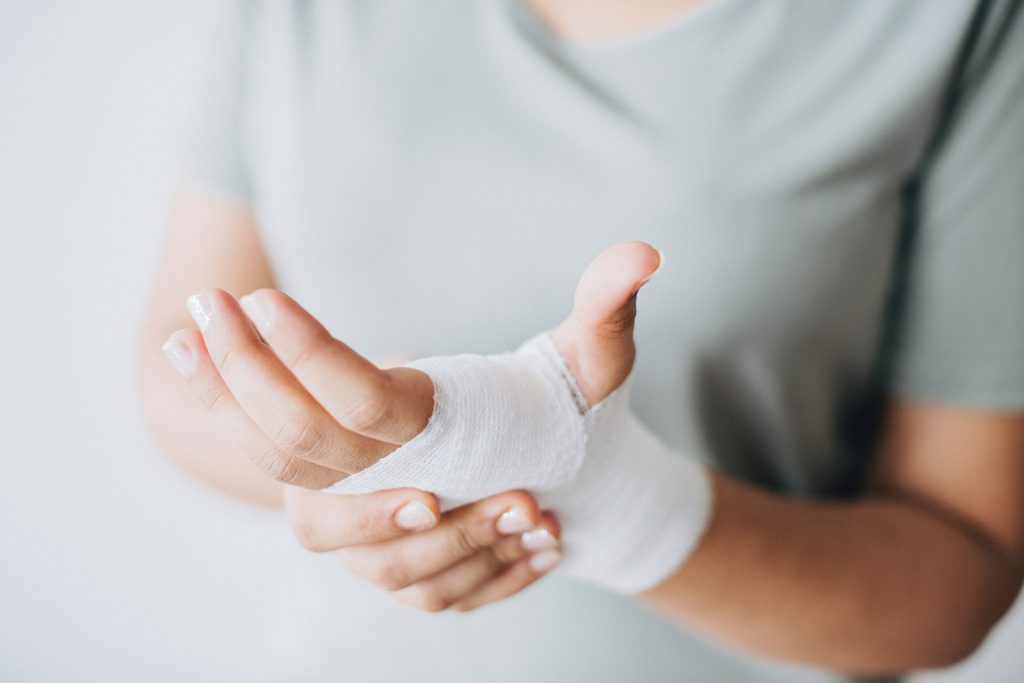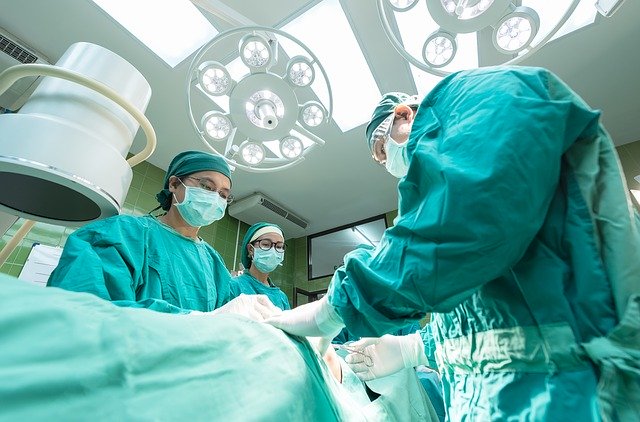Translating Safety into Practice: Sharps Safety Example
In the last blog, we talked about investing in healthcare worker safety has proven long-term benefits, and how organisations can start investing in their worker’s safety. In this blog, we take a deeper look at translating safety into practice, using sharps safety as an example.
Healthcare is a complex system, and implementing sharps safety measures requires support from all departments across the hospital or organisation. Here’s our Five Steps to Translating Safety into Practice.

Translating Safety into Practice: Step 1 Awareness
Awareness is a key aspect of successful change management1. In healthcare, evidence-based practice is a basic requirement, so researching the problem and its solutions is necessary. Since the Needlestick Safety and Prevention Act was enacted in the USA, groups such as EPINet have undergone widespread research into sharps injury incident rates, however there are still gaps in this research. Reporting rates of sharps injuries remain low2, which might influence awareness of the problem. Supporting research into sharps safety and enacting regular reporting of incidents or near misses can help make research more accurate and assist in making evidence-based decisions.
In addition, public awareness campaigns can encourage government attention, staff engagement, and management support of the issue. In Australia, a nation-wide awareness campaign around hand hygiene saw significant improvements in hand hygiene among healthcare workers and helped to reduce hospital-acquired infections3. Building awareness of sharps safety within the hospital and within the public can help with adoption of sharps safety measures.
Translating Safety into Practice: Step 2 Enforce Regulations
It seems obvious, but enforcing regulations aimed at preventing sharps injuries must be undertaken to ensure effective sharps safety in organisation.
Sharps safety measures have been incorporated in many countries around the world in:
- Legislative Regulations – Eg. Needlestick Safety and Prevention Act (USA) and European Council Directive 2010/32/EU (Europe)
- Standards and industry guidelines – Eg. Australian/New Zealand Standard AS/NZS 3825:1998 (Australia), Institute of Chiropodists and Podiatrists Standard (UK), and Association of Surgical Technicians Guidelines (USA)
Organisations must follow the appropriate legislative regulations and should follow professional standards and guidelines to provide a safe workplace and the best care. Healthcare workers are encouraged to ask their leadership which regulations and standards are being used by their organisation to guide sharps safety measures.
Translating Safety into Practice: Step 3 Safety Equipment
The Centres of Disease and Control (CDC) estimates that 62 to 88 percent of sharps injuries can be prevented simply by using safer medical devices4. Organisations should review their budget for safety equipment and ensure that adequate protection against sharps injuries is provided for healthcare workers.
When it comes to sharps safety equipment, passive safety devices are better than active safety devices. An active safety device is a device where the safety feature needs to be manually activated by the user, and a passive safety device is one where the safety feature is activated automatically. A French multicentre study found that active safety devices were 70 times more likely to be involved in a sharps injury than a passive safety device5.
To prevent needlestick injuries, a passive device such as a spring-loading retraction device is preferable to a syringe with a guard. Likewise, a single-handed scalpel blade remover like the BladeFLASK or BladeCASSETTE should be used to prevent scalpel blade injuries. “Safety scalpels” are an active device, and come with significant disadvantages.

Translating Safety into Practice: Step 4 Administrative actions
Administrative Actions are the policies and habits hospitals implement to improve sharps safety. These can include:
- Ensuring that the sharps policy covers prevention, exposure, treatment and follow-ups. This should also be referenced in the infection control policy6.
- Employee education programs on how to avoid sharps injuries, and training on how to use safety equipment correctly. Employee education can reinforced for better retention through periodic refresher sessions and learning materials such as posters or fact sheets.
- A vaccination programme (eg. free hepatitis B vaccination)
- Engaging a quality improvement committee to periodically review policies and safety equipment to measure their effectiveness and find improvements.
- Using tools such as the safety score card to measure and reinforce clinician engagement with sharps safety measures
Translating Safety into Practice: Step 5 Management Support
In a review of staff safety in Victorian (Australia) public hospitals, the Auditor-General (writer of the report) found an insufficient priority to and accountability for staff safety concerns by hospital leadership and managers often related to OHS incidents and concerns7. Hospital leadership and management need to prioritise sharps safety in order to prevent sharps injuries and their consequences.
In addition, it is important to curate a supportive culture for staff to encourage reporting of incidents, which can help prevent future occurrences. A major reason why healthcare staff don’t speak up over safety concerns is that they believe the organisation’s hierarchy is intimidating and/or unsupportive8. Using positive language in relation to sharps policy improvements to policies and practices can help make the transition easier for teams.

In addition to the moral imperative of keeping workers safe, studies have shown that implementing staff safety measures have the following flow on effects9,10,11:
- Increased quality of patient care and service
- Efficient patient flow
- Decreased absenteeism and overtime
- Improved communication and teamwork
- Higher work satisfaction and productivity
- A healthier, stable workforce
- Reduced medical and disability claims
You can contact us for more information about staff safety in healthcare. We at Qlicksmart support healthcare workers who are standing up for their safety—so should you.
References:
- Al-Abri, R. (2007). “Managing Change in Healthcare”. Oman Medical Journal. 22(3): 9-10
- Saia M, Hofmann F, Sharman J, et al. “Needlestick injuries: incidence and cost in the United States, United Kingdom, Germany, France, Italy, and Spain”. Biomedicine International. 2010;1(2):419
- Stephenson, J. (2019). “Australian hospitals show worth of handwashing campaigns”. Nursing Time http://www.nursingtimes.net/news/research-and-innovation/australian-hospitals-show-worth-of-handwashing-campaigns-18-04-2019/
- Occupational Safety and Health Administration. “Bloodborne Pathogens and Needlestick Prevention” http://www.osha.gov/SLTC/bloodbornepathogens/evaluation.html
- Adams, D & Elliott, T.S.J. (2011). “Safety-engineered needle devices: evaluation prior to introduction is essential”. The Journal of Hospital Infection. 79(2):174-175
- Queensland Health (2017). Developing a sharps safety program. http://www.health.qld.gov.au/clinical-practice/guidelines-procedures/diseases-infection/infection-prevention/standard-precautions/sharps-safety/sharp-safety-program
- Doyle, J. (2013). “Occupational health and safety risk in public hospitals.” Victorian Auditor-General’s Report. 2013–14:14
- Rainer, J. (2015). “Speaking up: factors and issues in nurses advocating for patients when patients are in jeopardy.” Journal of Nursing Care Quality, 1:53-62.
- Sikorski, J. (2009). “Connecting worker safety to patient safety: a new imperative for health-care leaders.” Ivey Business Journal, 73(1), 8.
- Laschinger, Heather K. Spence, and Michael P. Leiter. “The impact of nursing work environments on patient safety outcomes: The mediating role of burnout engagement.” JONA: The Journal of Nursing Administration. 36.5 (2006): 259-267
- Australian Medical Association (2015). “AMA Position Statement on Safe work environments”. http://ama.com.au/position-statement/safe-work-environments

